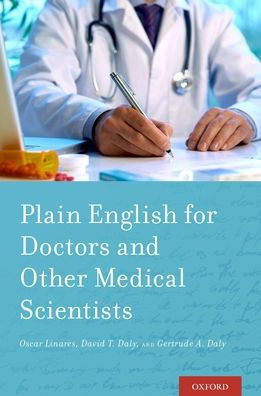5
1
9780190654849



Plain English for Doctors and Other Medical Scientists available in Paperback, eBook

Plain English for Doctors and Other Medical Scientists
- ISBN-10:
- 0190654848
- ISBN-13:
- 9780190654849
- Pub. Date:
- 04/12/2017
- Publisher:
- Oxford University Press
- ISBN-10:
- 0190654848
- ISBN-13:
- 9780190654849
- Pub. Date:
- 04/12/2017
- Publisher:
- Oxford University Press

Plain English for Doctors and Other Medical Scientists
$59.0
Current price is , Original price is $59.0. You
59.0
In Stock

Product Details
| ISBN-13: | 9780190654849 |
|---|---|
| Publisher: | Oxford University Press |
| Publication date: | 04/12/2017 |
| Pages: | 232 |
| Product dimensions: | 6.10(w) x 9.10(h) x 0.60(d) |
About the Author
From the B&N Reads Blog
